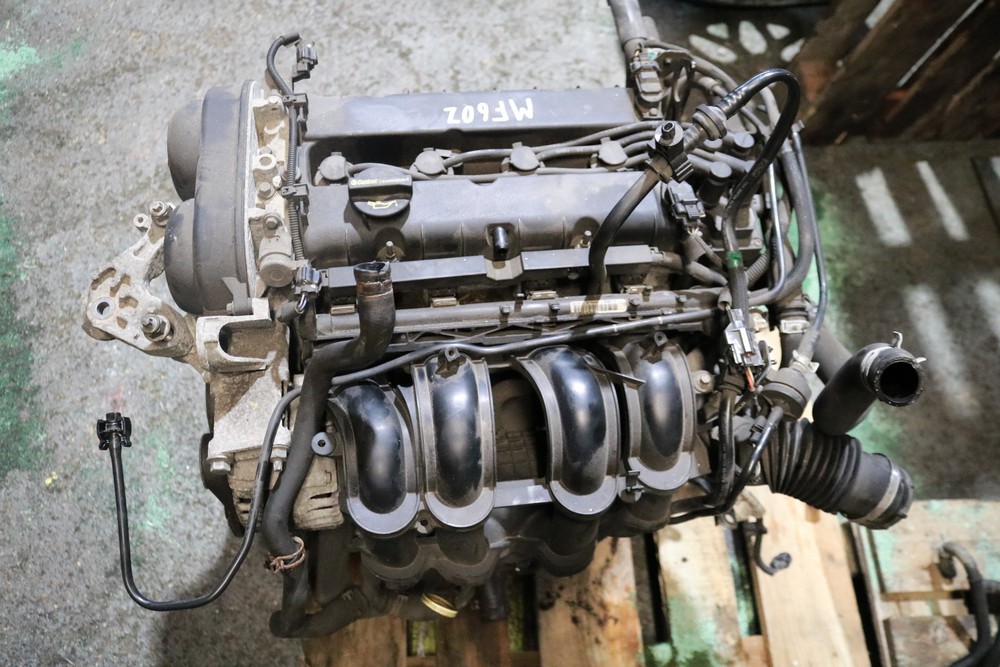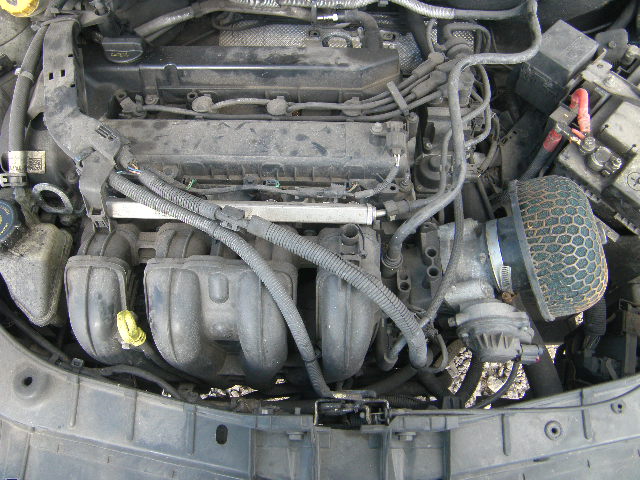Checking Out the Evolution of Engines: From Classic Layouts to Modern Marvels
The evolution of engine modern technology represents a significant story in the history of innovation, noted by pivotal improvements that have continually redefined transport and industry. From the first steam engines that powered the Industrial Revolution to the development of interior combustion engines that transformed movement, each stage has actually added to greater effectiveness and capacity. Currently, the transition to electrical power signifies not only a technical change but additionally a broader dedication to environmental sustainability. As we take a look at these turning points, one should take into consideration exactly how the future of engine design may unfold, challenging our assumptions of power and efficiency.
The Birth of Engine Modern Technology
The development of engine technology noted a crucial minute in human advancement, changing power conversion and transportation. The earliest engines emerged from the demand to harness mechanical power for useful use, leading to the advancement of devices that converted different energy forms into motion (ford fiesta engine).
The growth of the interior burning engine and the innovation of the vapor engine catalyzed an extensive change in commercial abilities. These engines not only improved effectiveness however also increased the extent of human mobility, making it possible for unmatched transport opportunities. The early models laid the groundwork for the mechanical world, helping with the increase of markets and reshaping societal frameworks.
As engine layouts evolved, they advanced and integrated ingenious materials design principles, paving the means for modern-day growths - ford fiesta engine. The birth of engine innovation stired up a ruthless pursuit of effectiveness and power, setting the phase for the dynamic evolution of transportation and commercial machinery that would certainly adhere to
Heavy Steam Engines and Their Impact

The steam engine's influence was particularly evident in the transportation market (ford fiesta engine). Steam-powered engines helped with the rapid activity of products and individuals across substantial distances, effectively diminishing the geographical obstacles that had formerly hindered profession and communication. Steamships reinvented naval traveling, enabling for quicker and more reliable crossings of rivers and seas.
In sector, steam engines powered manufacturing facilities, making it possible for mass production and the rise of metropolitan centers as hubs of economic activity. Vapor modern technology cultivated innovations in engineering and manufacturing processes, laying the groundwork for future improvements in engine layout.
The Surge of Internal Burning
Regularly outweighing vapor power, the increase of interior combustion engines noted a transformative change in transportation and industry throughout the late 19th and very early 20th centuries. The advancement of these engines, defined by their ability to melt gas within the engine itself, allowed greater performance and power contrasted to standard steam engines. Pioneering developers such as Nikolaus Otto and Rudolf Diesel played critical roles in developing engine layouts, causing extensive adoption in autos, watercrafts, and industrial machinery.
The inner combustion engine's portable size and relatively light-weight nature helped with the emergence of individual cars, reinventing individual flexibility and improving metropolitan landscapes. By making it possible for faster traveling and the effective transportation of products, these engines catalyzed economic growth and fostered globalization. The adaptability of fuel choices, visit the website including gas and diesel, further improved their appeal, permitting for diverse applications across numerous industries.
Regardless of the environmental problems that would later on emerge, the preliminary allure of inner combustion modern technology lay in its transformative capacity. As culture embraced this advancement, the foundation was laid for contemporary transport systems, developing internal combustion engines as a keystone of industrial advancement and life throughout the 20th century.
Innovations in Engine Efficiency
As interior combustion engines came to be indispensable to transportation and sector, the focus shifted in the direction of boosting their efficiency to fulfill expanding demands for performance and sustainability. Developments in engine style, product science, and technology have actually significantly added to this advancement.
One major advancement is the growth of turbocharging, which enables increased air consumption, leading to even more complete gas burning and enhanced power outcome without enlarging engine dimension. Furthermore, variable valve timing systems have actually been carried out to optimize engine performance throughout various RPM varieties, thus boosting gas Look At This performance.
The application of innovative gas shot innovations, such as straight injection, has additionally played an essential role. This technique enables more exact control over the fuel-air blend, advertising much better combustion and decreasing emissions. Lightweight materials, including light weight aluminum and composite components, have actually been adopted to lower general engine weight, leading to boosted effectiveness.
These improvements mirror a more comprehensive pattern within the automobile market, where the synergy between design technology and environmental considerations drives the continuous mission for greater efficiency in inner burning engines. Therefore, contemporary engines are currently much more effective, cleaner, and effective than in the past, leading the way for a much more lasting future in transportation.
The Change to Electric Power
With expanding concerns over ecological effect and fossil gas dependency, the automobile industry is experiencing a substantial shift in the direction of electric power. This change is driven by a combination of technological innovations, regulatory pressures, and changing customer choices. Electric automobiles (EVs) provide an engaging choice to traditional inner burning engines, boasting minimized greenhouse gas discharges and lower operating prices.
The increase of battery innovation has been a game changer, with lithium-ion batteries becoming a lot more effective and economical. Improved energy density and faster charging capabilities have made EVs more functional for everyday usage. Governments worldwide are implementing rewards and establishing ambitious targets for phasing out fossil fuel vehicles, consequently More Info speeding up the adoption of electrical power.
Significant car manufacturers are investing heavily in research and development, resulting in the introduction of a diverse array of electric models. This consists of not only auto yet likewise business vehicles and public transport remedies. As charging framework expands and battery technology proceeds to boost, the change to electric power is poised to reshape the auto landscape, advertising sustainability and technology in the years ahead. The future of transport is electrical, and the energy is obvious.
Final Thought
The evolution of engine technology stands for a considerable trajectory of technology that has profoundly affected transportation and industry. From the fundamental vapor engines to the transformative interior combustion engines, each development has actually added to improved movement and economic growth.
